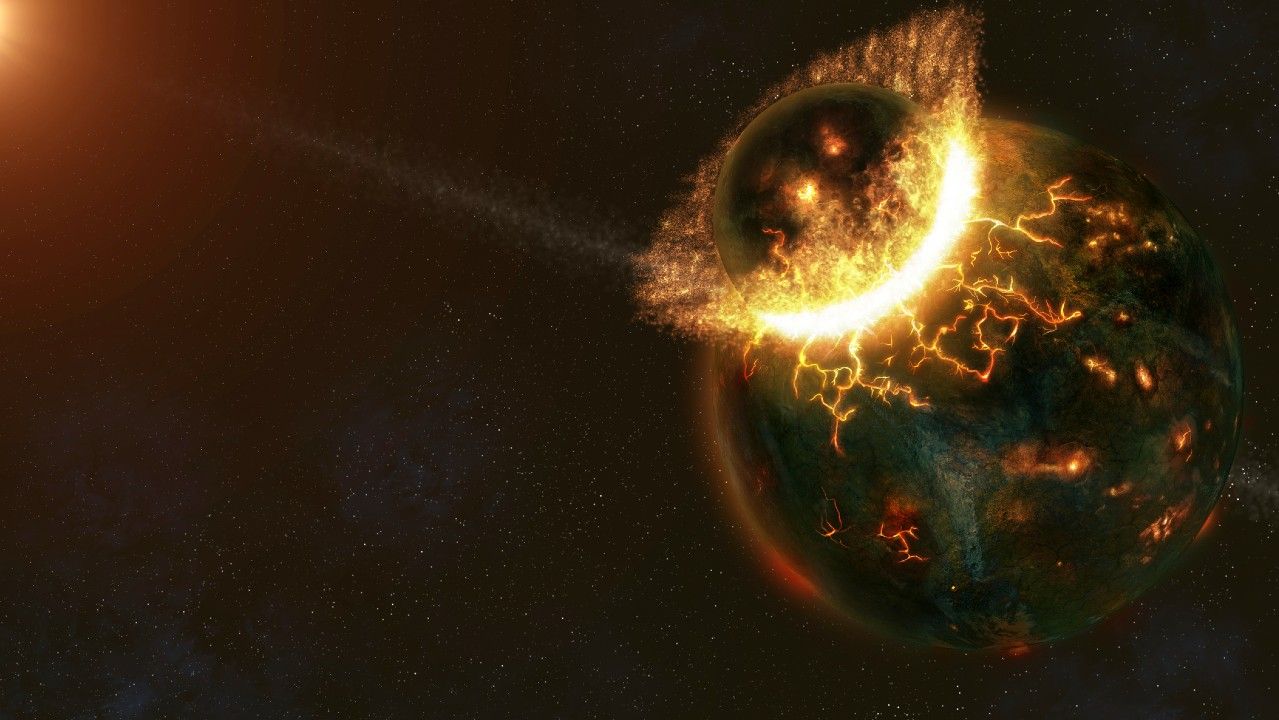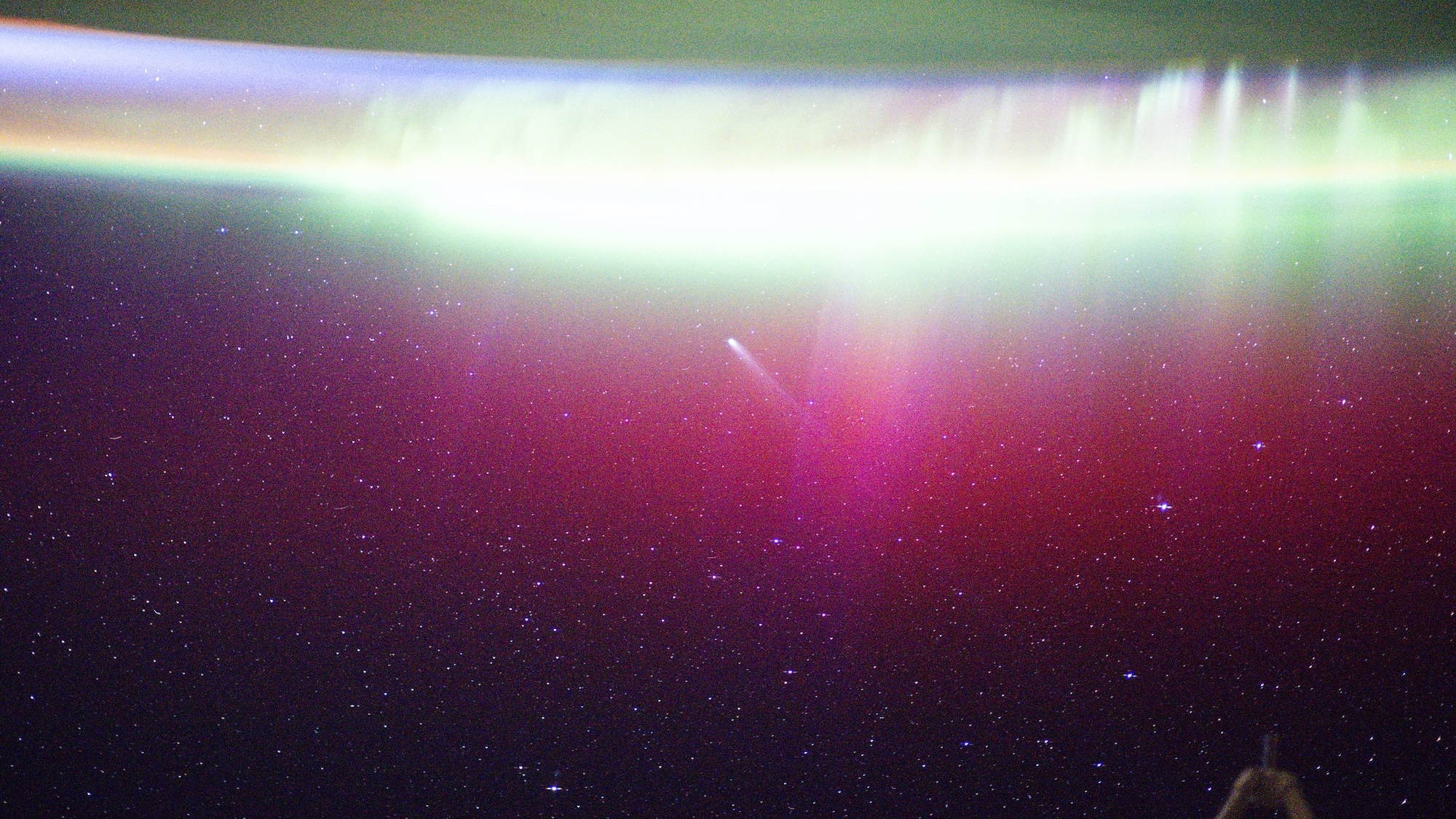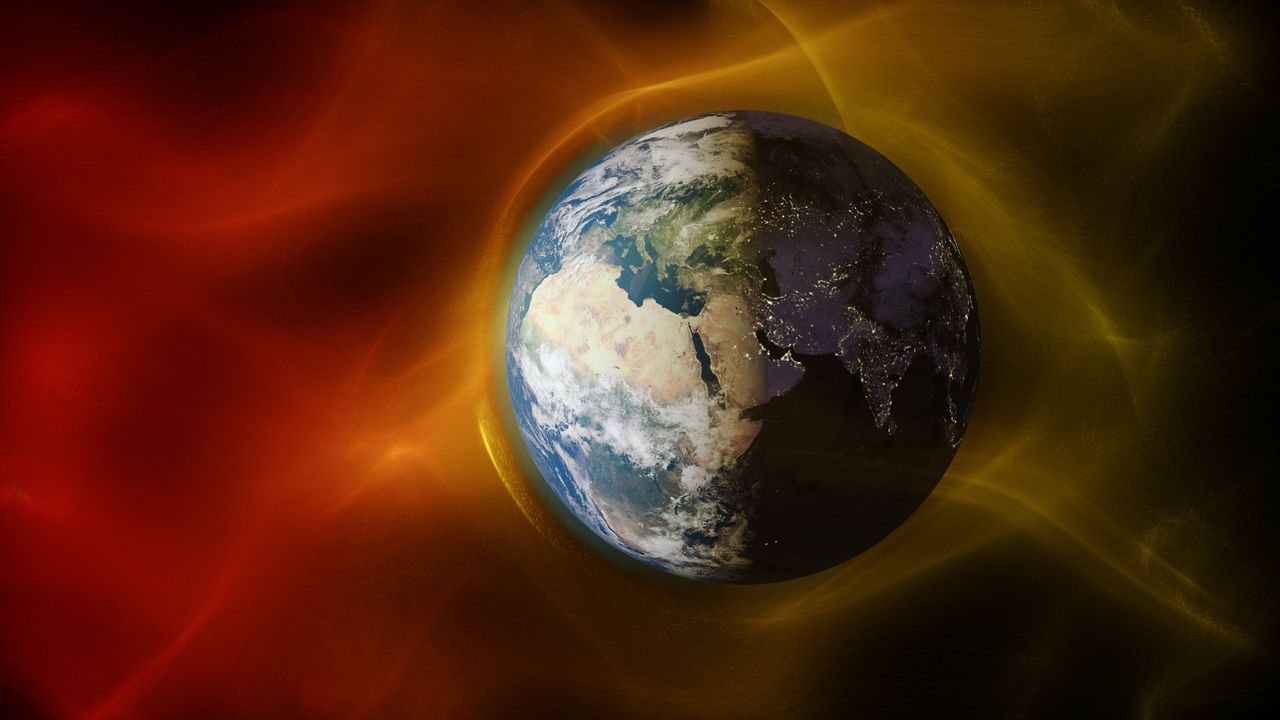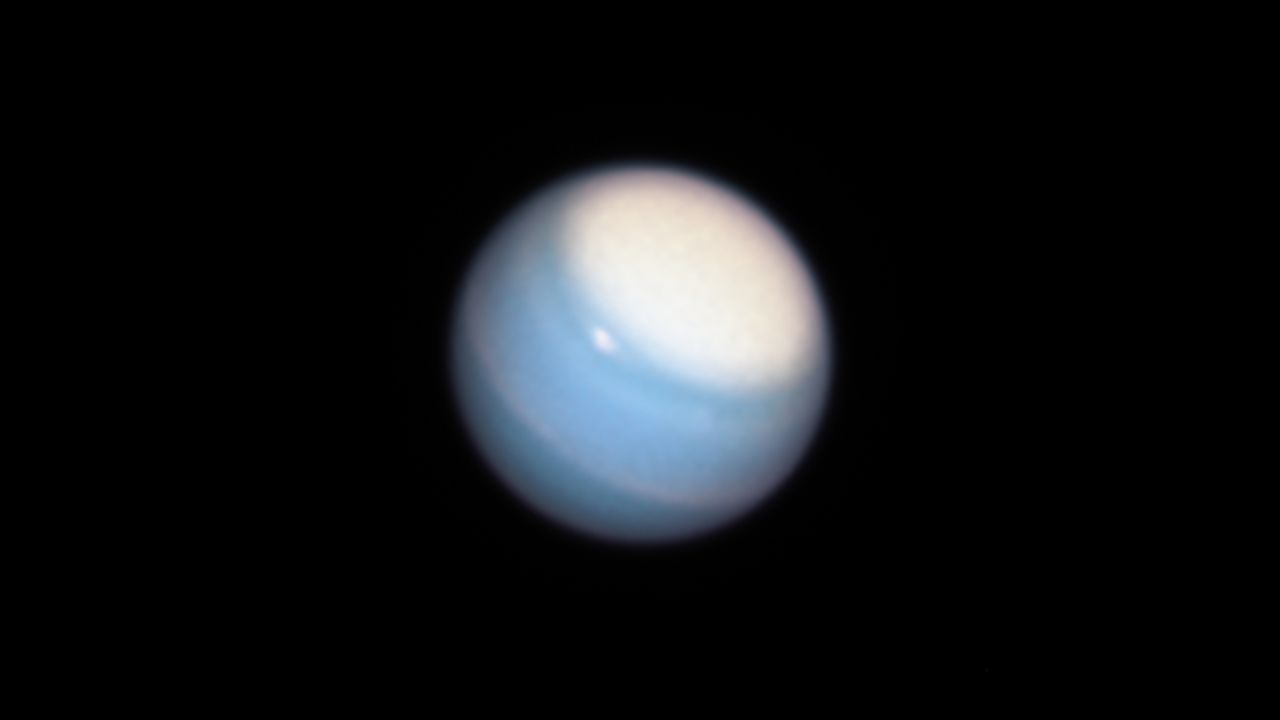Earth and Theia smashed to birth the moon, but did they first start out as close neighbors?
NeutralScience

- The most convincing scenario posits that Earth and Theia, two significant celestial bodies, originated from the inner solar system and were likely neighbors before colliding to create the Moon.
- Understanding the origins of Earth and Theia provides insights into planetary formation processes and the early solar system's dynamics, which are crucial for comprehending the evolution of terrestrial planets.
— via World Pulse Now AI Editorial System







